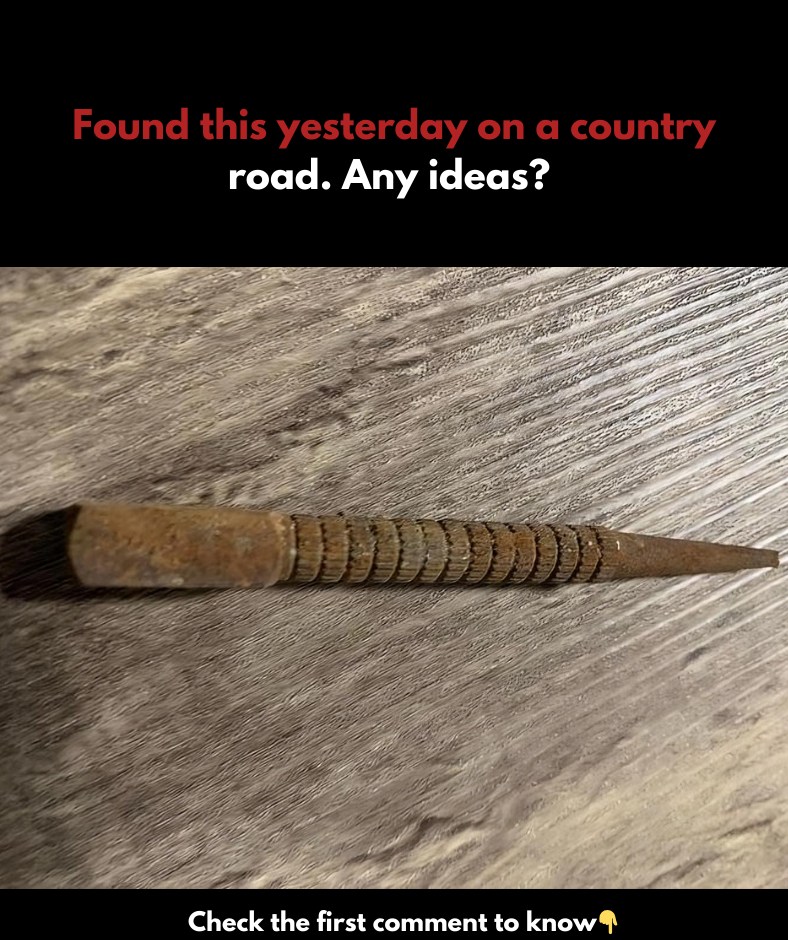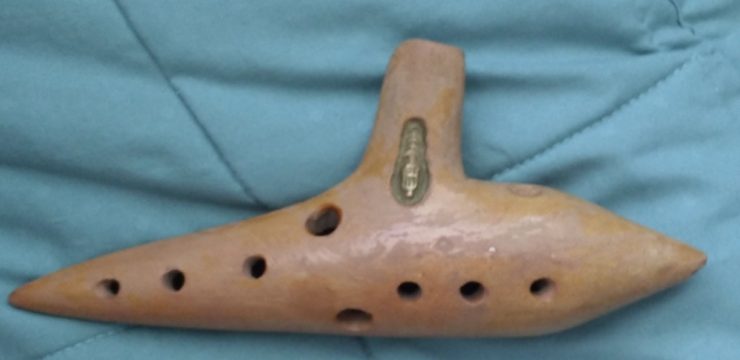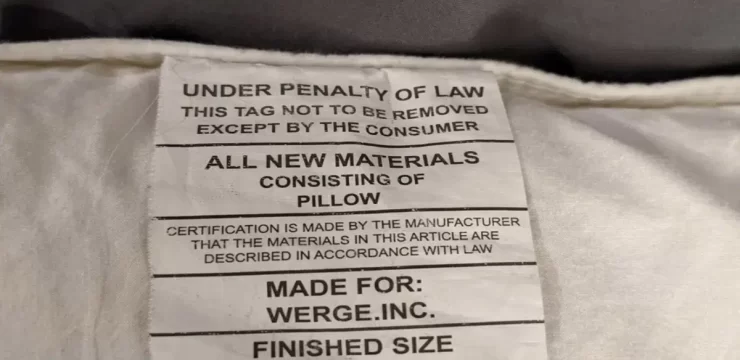Do you ever find yourself reminiscing about those summer afternoons in your grandpa’s garage? The scent of sawdust in the air, the rhythmic sound of tools clanging against wood, and the sense of creativity and craftsmanship that filled the space. These moments were more than just DIY projects; they were lessons in patience, skill, and self-reliance. One tool that may not have been the flashiest in the toolbox, but was undeniably crucial, was the nail punch. While it might not seem like much, this simple tool was an integral part of nearly every project, from fixing a rickety chair to crafting something entirely new. For many, the nail punch was one of the first tools ever held, symbolizing the early days of learning how to work with your hands alongside someone you admired.

A Family Tradition of DIY Craftsmanship
If you grew up in the 1950s, 1960s, 1970s, or even into the 1980s, chances are you remember weekends spent working on family projects. Back then, instead of rushing to the nearest store for new furniture or gadgets, we simply fixed what we already had. It was an era of self-sufficiency, where getting your hands dirty was just part of life. Family members gathered together to build, repair, and create. The nail punch played a crucial role in these memories, whether it was helping to build sturdy bookshelves, fix up picture frames, or tackle countless other home improvements.
What Exactly Is a Nail Punch?
For those who aren’t familiar with it, a nail punch is a small, pointed tool that’s used to drive the head of a nail below the surface of wood. The goal? To leave a smooth finish that makes it easy to paint over or varnish without any protruding metal. Although it may seem like a small step in the process, it’s essential for achieving a professional look. Whether you were constructing a birdhouse, fixing crown molding, or reinforcing the family treehouse, the nail punch was key in making everything look neat and polished.
More Than Just a Simple Tool
But the nail punch wasn’t just a tool—it was a symbol of an era that placed immense value on craftsmanship and quality. This tool, often ridged for grip and crafted from durable steel, reflected the pride people took in their work. Unlike the plastic-handled tools we often see today, the vintage nail punch was built to last, made with care, and designed for the long haul.
The Patina of Time
Picking up a vintage nail punch today is like holding a small piece of history in your hands. Its wear marks and rust tell a story—a story of years of hard work, perseverance, and dedication. These tools didn’t sit idle on shelves; they were passed down through generations, used in countless projects that built both homes and relationships. Each dent and scratch represents a moment in time, a lesson learned, and a connection made.
The Evolution of Craftsmanship
As the decades have passed, our relationship with tools has changed. In today’s world, many people are quick to replace a broken table or hire someone to fix it for them. But in the mid-20th century, DIY was the standard. Tools like the nail punch weren’t just objects—they were part of a mindset. They embodied the belief that with a bit of elbow grease and patience, we could fix, build, and create whatever we needed.
Rediscovering the Charm of Vintage Tools
For those lucky enough to have inherited vintage tools, using them today can feel like stepping back in time. There’s something incredibly satisfying about reaching for an old, reliable nail punch, knowing that it has seen countless projects before. Whether you’re restoring an antique piece of furniture or fixing up something around the house, the feel of a vintage tool in your hand connects you to the craftsmanship of past generations.
These tools, like the nail punch, are more than just instruments for getting a job done—they’re reminders of cherished weekends, of time spent with loved ones, and of an era when people took pride in their ability to create and fix things with their own hands. So the next time you find yourself in a hardware store or rummaging through your grandpa’s old toolbox, take a moment to appreciate these timeless game-changers. They might just inspire you to tackle your next project with a little more heart.





